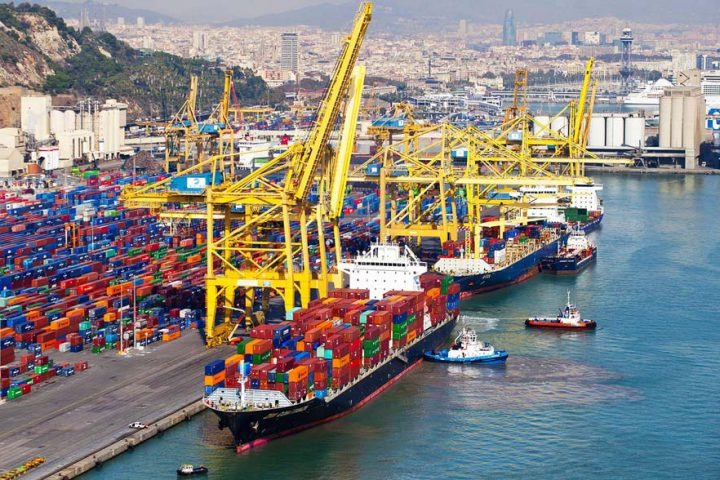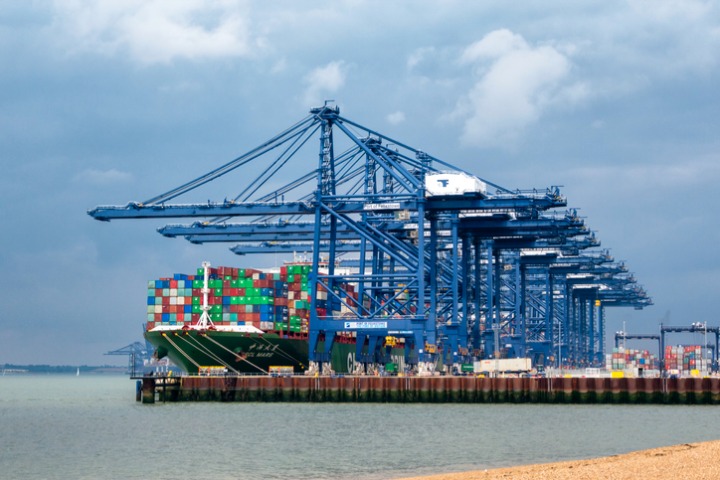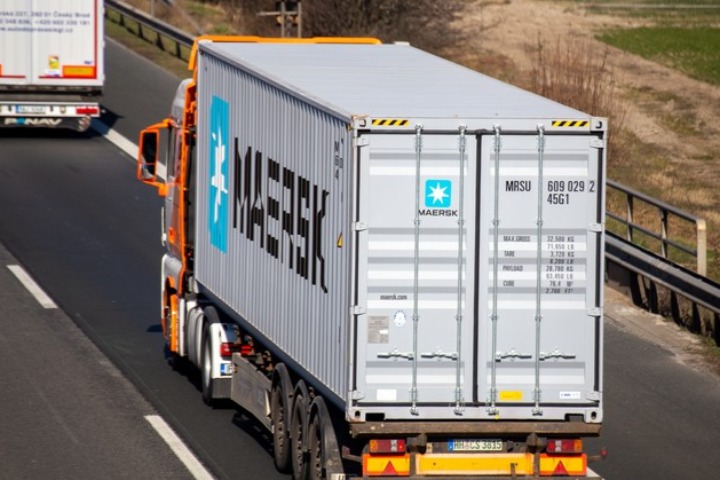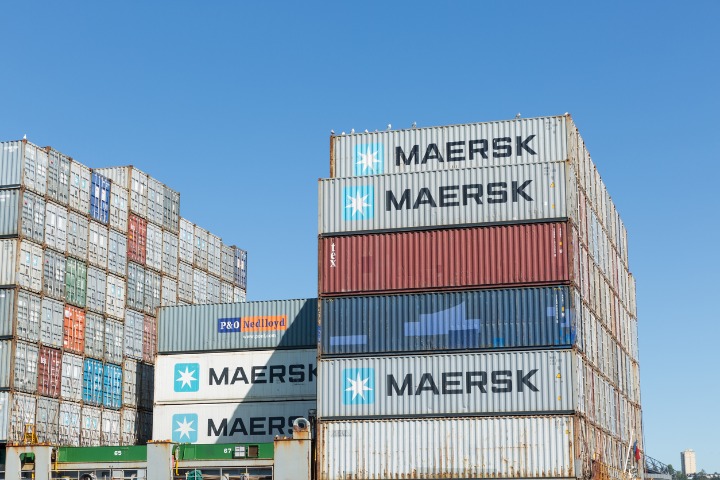
APMT Barcelona readies for 5G ‘revolution’
The pilot to use 5G technologies at APM Terminals Barcelona (APMT) is set to ready the terminal for the 5G “revolution” facing port operations, a project lead told PTI.
The collaboration taking place summer 2021 will be between APMT Barcelona, Telefonica, and Mobile World Capital Barcelona.
The goal of the pilot is to minimise the potential risks of collisions between mobile machinery and fixed elements, vehicles, and people in the terminal, said Sergi Dominguez Tomas, Head of IT, APMT Barcelona.
“If you look at the main accidents that happen in a terminal like this in Barcelona, with straddle carriers, you can see that fixed elements are the main elements that have we have crashes with,” Tomas told PTI in an exclusive interview.
Though the fixed elements are “easy to map” with a Global Navigation Satellite System (GNSS) solution that connects with the 5G connectivity, mobile elements like carriers have a greater risk due to its mobility.
“Then, the next step was to look for a solution for the mobile element: such as the carriers themselves, people that are moving around the terminal, truck drivers especially. When they when they leave the truck and are in our buffers, they are exposed to a risk. That’s a part where 5G could impact most,” said Tomas.
Project organisers will rig yard operations equipment with 5G-integrated sensors, utilising Edge Computing and a helicopter-style control dashboard to reduce safety risks at the terminal.
As part of the proof of concept, APMT will equip up to four straddle carriers with sensors that will transmit Cellular Vehicle-to-Everything (C-V2X) information securely to an application located geographically very close (i.e., the Edge) to their place of consumption in order to offer immediate responses.
Trucks, truck drivers and personnel in the yard will receive a 5G-equipped smartphone with an alarm system in place to notify both the personnel member and the virtual dashboard of a potential collision and safety risk.
APMT will also equip fixed elements in ports, such as streetlights, with C-V2X communications, communicating with mobile actors in real time.
Using the commercial local Telefonica network, the lower latency and faster communication 5G will bring will mean that operators will be notified in real time of any potential safety risks.
Helicopter-style management
APMT Barcelona will connect via cloud computing to Telefonica’s Virtual Data Centre, also based in Barcelona.
When the terminal is fully connected operators will have access to a comprehensive birds-eye-view dashboard, seeing in real time every granular movement of a shipping yard.
“The final picture through this dashboard is where all the users of our facilities – our stevedores, our drivers, and our own staff – can be mapped in in a dashboard and have total control of them in real-time,” Tomas added.
“We can look for blank points in the terminal. We can have a forensic analysis in case of any accident with greater information. It will help our safety teams and initiatives in the terminal.”
5G scalability
This project will cover just 25% of APMT Barcelona terminal operations as a proof of concept, Tomas said.
However, in scaling 5G across the terminal, the possibilities are endless.
“That’s the reason why we are starting to test this technology here in at APMT Barcelona – to find solutions just to take advantage and be ready for this revolution,” he commented.
By 2023, Tomas argues 5G-equipped smartphones will be the norm in consumer and leisure life, and commercial networks will have established more mature and further-reaching 5G commercial networks – and so port operations will benefit in kind.
Tomas said 5G’s faster speeds will improve efficiencies for several processes in the terminal, including Optical Character Recognition (OCR) readings and digital bills of lading.
Elsewhere in the terminal, 5G can be the solution to lack of connectivity on STS cranes, as well as monitoring of reefer container units to optimise repairs and maintenance.
“This [project] is the base off of the upcoming projects,” he said. “I cannot say if we are in the first step of automation because it’s more complicated, especially in the straddle carrier terminals – but 5G will help us optimise our operations.”
Next steps for industry
APMT Barcelona is ideally placed to take on an unprecedented project like this 5G usage in its terminal. In an international city, collaborating with cellular giant Telefonica and the Mobile World Barcelona, Tomas hopes the pilot will “discover the real potential” of 5G and evolve its usage in ports.
But how can smaller and intermediate ports benefit from 5G? One of the first steps, Tomas says, will be on cellular carriers to develop networks in port communities around the world.
“If you’re talking about the challenges we have currently, of course the investment in infrastructure is something that has to be done by our technology partners or carriers,” he said.
“If carriers like Telefonica, Vodafone, or Orange and the rest can see a potential benefit in 5G networks, these investments will arrive.
”https://www.porttechnology.org/news/apmt-barcelona-readies-for-5g-revolution/
























Comments